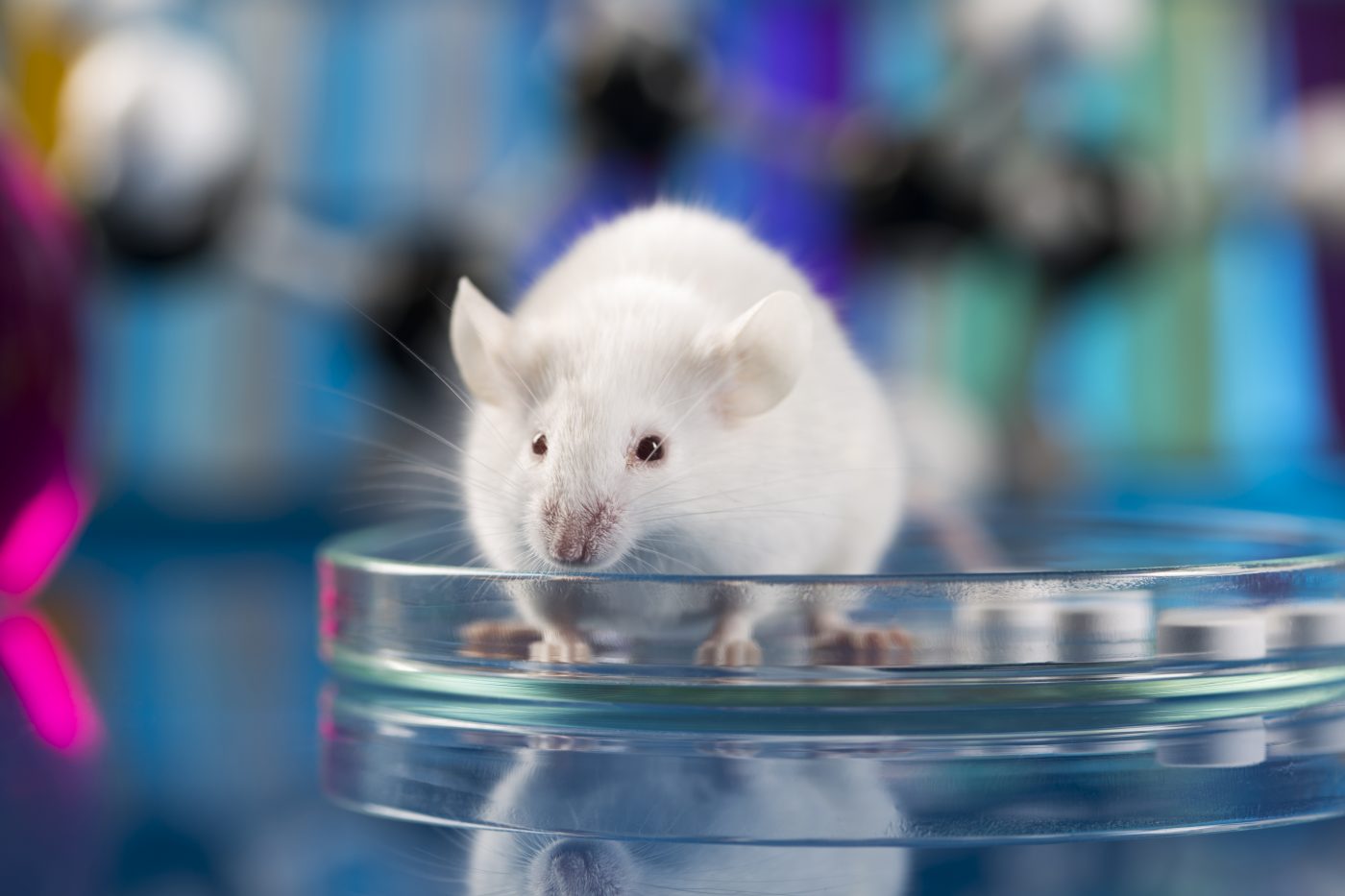Gene Therapy Reprograms Brain Cells in Mouse Model, Improves Motor Function

In a proof-of-principle experiment, a new gene therapy approach with the potential to treat people with Huntington’s disease has been shown to effectively convert astrocyte brain cells of mice into functioning neurons. Those neurons took the place of nerve cells in the mice that were damaged by the disease.
Mice with Huntington’s-like symptoms whose neurons were reprogrammed showed significantly improved motor functioning and had longer life spans, the study found.
Title “Gene therapy conversion of striatal astrocytes into GABAergic neurons in mouse models of Huntington’s disease,” the study was published in Nature Communications.
Huntington’s is characterized by the buildup of mutated huntingtin protein (HTT), which leads to the impairment of medium spiny neurons in the striatum — the brain region responsible for motor control. Medium spiny neurons, the majority of neurons in the striatum, which are named for their spiny appearance, are needed to ensure normal motor function.
A new technology has been developed to regenerate functional neurons in mammalian brains by directly reprogramming local glial cells, the most abundant brain cell type that helps support and maintain nerve cells.
As a treatment for neurodegenerative diseases, reprogramming a person’s own glial cells into working neurons has advantages over stem cell transplants, which have the potential for rejection by the immune system.
This technique has been successfully used to reprogram glial cells into functional nerve cells in mouse and monkey brains. But the conversion of striatal glial cells into medium spiny neurons — as a potential strategy to treat Huntington’s — has not been attempted.
Thus, researchers at Jinan University, in China, collaborated with investigators at Pennsylvania State University on a proof-of-principle experiment. The team created medium spiny neurons in a mouse model by reprogramming striatal astrocytes, a glial cell subtype. This was achieved by inserting two genes into the astrocytes that express proteins called neurogenic differentiation 1 (NeuroD1) and Dlx2.
“We are developing a series of NeuroD1-based gene therapies to reprogram brain internal glial cells directly into functional new neurons to treat a variety of brain disorders including Huntington’s Disease, Alzheimer’s disease, stroke, ALS, and many more,” Gong Chen, PhD, of the GHM Institute of CNS Regeneration at Jinan and the study’s lead author, said in a press release.
“Because every single neuron in our brain is surrounded by supporting glial cells, such direct glia-to-neuron conversion technology offers great advantages over stem cell transplantation therapy in terms of high efficiency of neuroregeneration and no worries about immunorejection,” Chen said.
The team inserted these astrocyte-reprogramming genes using adeno-associated virus (AAV) vectors, which deliver the gene therapy to the cell. These vectors are small non-disease-causing viruses that can integrate genes of choice into host cell genomes.
AAVs carrying the NeuroD1 and Dlx2 genes were injected directly into the striatum of two types of modified mice used in Huntington’s research. The R6/2 mouse strain mimics many of the severe features of the disease; YAC128 mice are similar to R6/2 but with slower disease progression.
The injection of AAVs into R6/2 mice was found to convert around 80% of astrocytes to neurons. More than 50% of the converted astrocytes were medium spiny neurons. Meanwhile, the remaining astrocytes were able to replenish themselves.
The YAC128 mice were at an old age of around 15 months and developed Huntinton’s-like disease more slowly. AAV injection converted about 30% of astrocytes to medium spiny neurons in these mice.
A functional analysis of the newly converted neurons from the R6/2 mice was done using electrophysiological methods, which measure electrical activity in nerve cells. This analysis found that the neurons were actively functioning and formed synaptic connections with other nerve cells, integrating into striatum brain circuits. Of note, synapses are the junctions between two nerve cells that allow them to communicate.
Finally, the team tested the R6/2 mice on a variety of behavior assessments for walking, grasping, and grip strength. While there was no change in grip strength following treatment, the animals with converted neurons showed improved motor functioning in both the walking and grasping tests.
Significantly, after AAV treatment, 93.9% of the R6/2 mice were still alive compared with only 55.2% of the control mice.
“The most exciting findings of this HD [Huntington’s disease] study are the significant motor functional recovery and remarkable extension of life span among the gene therapy-treated HD mice,” Chen said.
“This study demonstrates that in vivo AtN [astrocyte-to-neuron] conversion may be a disease-modifying gene therapy to treat HD and other neurodegenerative disorders,” the researchers concluded.






